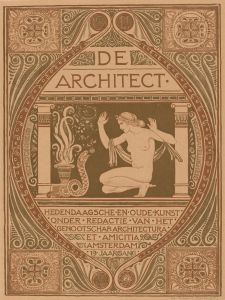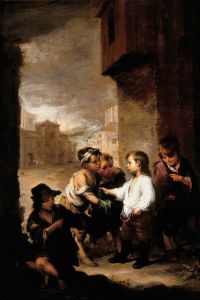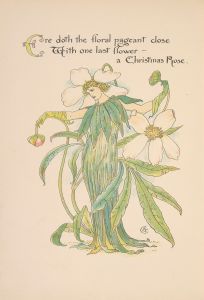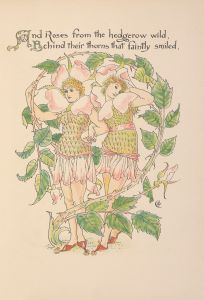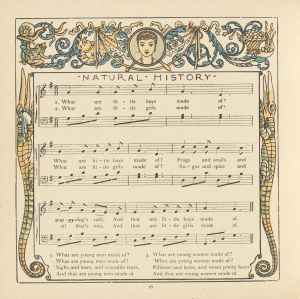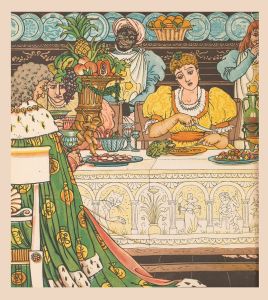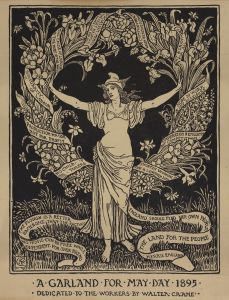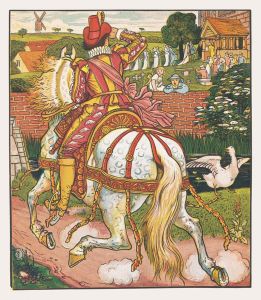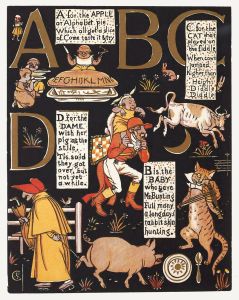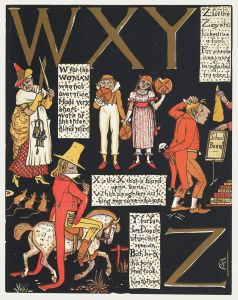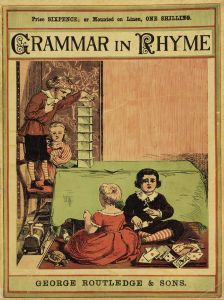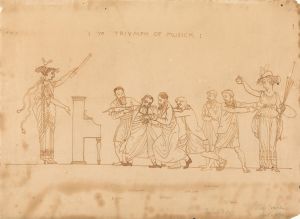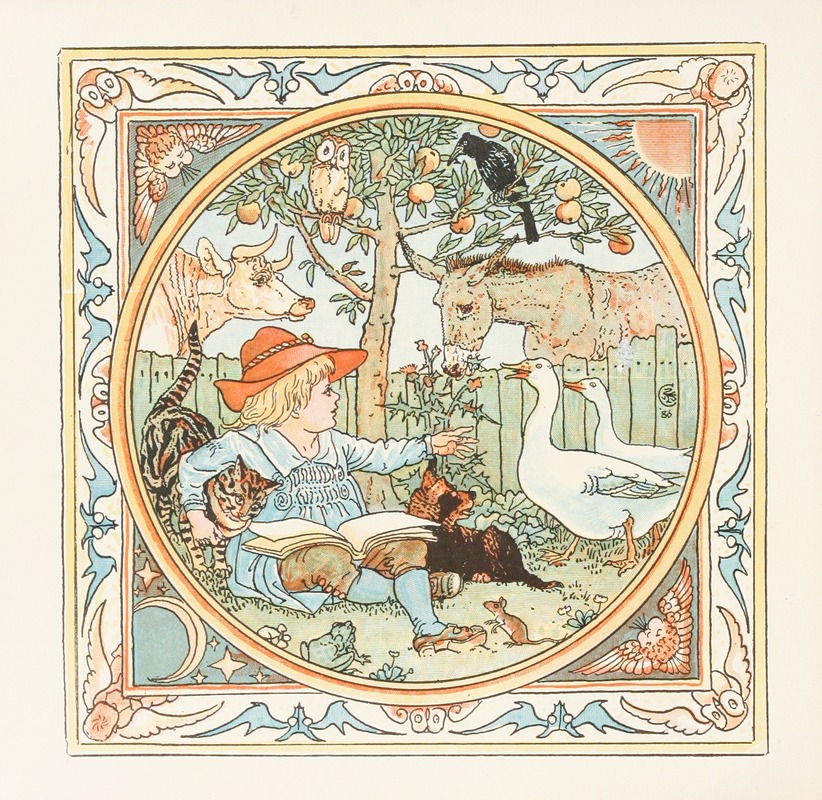
Baby’s own Aesop frontispiece
A hand-painted replica of Walter Crane’s masterpiece Baby’s own Aesop frontispiece, meticulously crafted by professional artists to capture the true essence of the original. Each piece is created with museum-quality canvas and rare mineral pigments, carefully painted by experienced artists with delicate brushstrokes and rich, layered colors to perfectly recreate the texture of the original artwork. Unlike machine-printed reproductions, this hand-painted version brings the painting to life, infused with the artist’s emotions and skill in every stroke. Whether for personal collection or home decoration, it instantly elevates the artistic atmosphere of any space.
"Baby’s Own Aesop" frontispiece by Walter Crane is an illustration created by the renowned English artist and book illustrator Walter Crane (1845–1915). This artwork serves as the frontispiece for the book Baby’s Own Aesop, a collection of Aesop's fables retold in rhyme by W.J. Linton and illustrated by Crane. The book was first published in 1887 by George Routledge & Sons, a prominent British publishing house known for producing illustrated books during the Victorian era.
Walter Crane was a leading figure in the Arts and Crafts Movement, which emphasized the importance of craftsmanship and design in the decorative arts. His work often combined intricate patterns, vibrant colors, and a strong sense of composition, reflecting the influence of both classical art and Japanese woodblock prints. Crane's illustrations for Baby’s Own Aesop are considered exemplary of his ability to create visually engaging and educational works for children.
The frontispiece of Baby’s Own Aesop features Crane's characteristic style, with detailed line work and a harmonious balance of text and imagery. The illustration includes anthropomorphic animals, a recurring theme in Aesop's fables, which are depicted in a whimsical yet elegant manner. These animals are shown engaging in various activities that hint at the moral lessons conveyed in the fables. The design is framed with decorative borders, a hallmark of Crane's work, which adds to the overall aesthetic appeal of the piece.
Crane's illustrations for Baby’s Own Aesop were created using a combination of wood engraving and color printing, techniques that were widely used during the late 19th century. The collaboration with W.J. Linton, a skilled wood engraver and poet, ensured that the text and illustrations complemented each other seamlessly. This partnership resulted in a book that was both visually stunning and accessible to young readers.
The frontispiece, like the rest of the book, reflects the Victorian era's interest in moral education for children. By presenting Aesop's fables in a visually appealing format, Crane and Linton aimed to make these timeless stories engaging and memorable for their audience. Today, the frontispiece and the book as a whole are regarded as significant contributions to the history of children's literature and illustration.
Walter Crane's work on Baby’s Own Aesop remains an important example of how art and literature can be combined to create enduring educational materials. The frontispiece, in particular, showcases his talent for blending artistic beauty with narrative clarity, making it a notable piece in the history of illustrated books.





